Workplace health and safety – Protect against ergonomic hazards
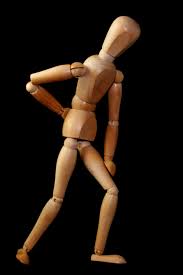 Tips to improve ergonomics and prevent ergonomic hazards in your workplace
Tips to improve ergonomics and prevent ergonomic hazards in your workplace
Upper limb disorders (ULDs) and bad backs cost businesses millions of workdays each year in the UK. Grouped under the term ‘musculoskeletal disorders’ (MSDs), these conditions affect nerves, tendons, muscles and discs in the spine. In this article, you’ll learn how your workplace could be jeopardising its own success by not focusing on workplace ergonomics.
How bad are MSDs for your business?
MSDs are hurting British business, and this may include yours. You will only know by how much if you keep specific illness records and monitor them. However, figures from the Health and Safety Executive show that the productivity and financial cost to British business is huge:
- In 2016/17, 507,000 workers suffered from MSD
- Approximately 9 million working days were lost in the UK economy because of MSDs
- More than 80% of MSDs were bad backs or ULDs
- An average of almost 18 days per case of MSD were lost through absence from work
- More than a third of all lost days due to work-related illness is due to MSDs
What are the main ergonomic hazards in the workplace?
The main economic sectors hit by MSDs are agriculture, health and social welfare, and construction and building.  The lowest rates are experienced in the hospitality trade and education. Perhaps unsurprisingly then, the main ergonomic hazards that cause MSDs include:
The lowest rates are experienced in the hospitality trade and education. Perhaps unsurprisingly then, the main ergonomic hazards that cause MSDs include:
- Repetitive or heavy lifting
- Bending and twisting
- Using too much force
- Adverse working conditions (hot or cold)
In addition, other common factors include:
- Repetitive actions
- Uncomfortable working position
- Working without a break
- Psychological factors, such as high job demands, time pressure, and lack of control
Three stages to improve workplace ergonomics
There are three actions you can take to improve ergonomics in your workplace.
1. Employ good ergonomic practices
You can help to reduce the occurrence of MSDs in your workplace by applying good ergonomics; in other words, by paying attention to the physical factors that cause MSDs, including working practices and workstation set-up.
In addition, when assessing your workplace ergonomics, it is wise to consider fitting the job to the worker – if someone complains of a bad back, have him or her undertake lighter and less physical duties, for example.
2. Educate your employees about MSDs
A second action to take is to ensure that your employees report MSDs early. Of course, unless they know the symptoms, they won’t report.
You might decide to include MSD training in induction training, especially if your workplace requires people to undertake physical activities listed above. This training should include identification of symptoms – from tiredness of limbs during work through to constant aching and inability to sleep.
3. Provide a method to report MSD easily
Thirdly, you should make it easy to report MSD issues. Ensure that all your employees understand the symptoms, and how to report MSD issues early.
Seven steps to prevention of ergonomic hazards in the workplace
Usually we say that prevention is better than cure, but when it comes to ergonomic hazards in the workplace, prevention is the cure. The Heath and Safety Executive recommends that you take a seven-step approach to prevention:
- Understand the issues and commit to action.
- Create the right organisational environment.
- Assess the risk of ULDs in the workplace.
- Reduce the risk of ULDs.
- Educate and inform the workforce.
- Manage any episodes of ULDs.
- Carry out regular checks on programme effectiveness.
What risk assessments can you carry out to reduce ergonomic hazards and risks?
There are many risk assessment tools and techniques available to assess ergonomic hazards in the workplace. These include assessing for display screen equipment, and online tools available via several bodies including the HSE. Such tools include:
- Rapid Upper Limb Assessment
- Assessment of Repetitive Tasks
- Manual Lifting Assessment Charts
- Ovako Working Posture Assessment System
- Quick Exposure Check
- Whole Body Vibration
- Hand/Arm Vibration
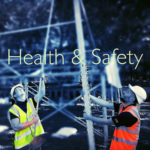
For a comprehensive assessment of ergonomic hazards in your workplace, and bespoke training and consultation packages that will help you reduce the impact of MSDs caused by ergonomic deficiencies in your workplace, contact Integral Safety Management today.
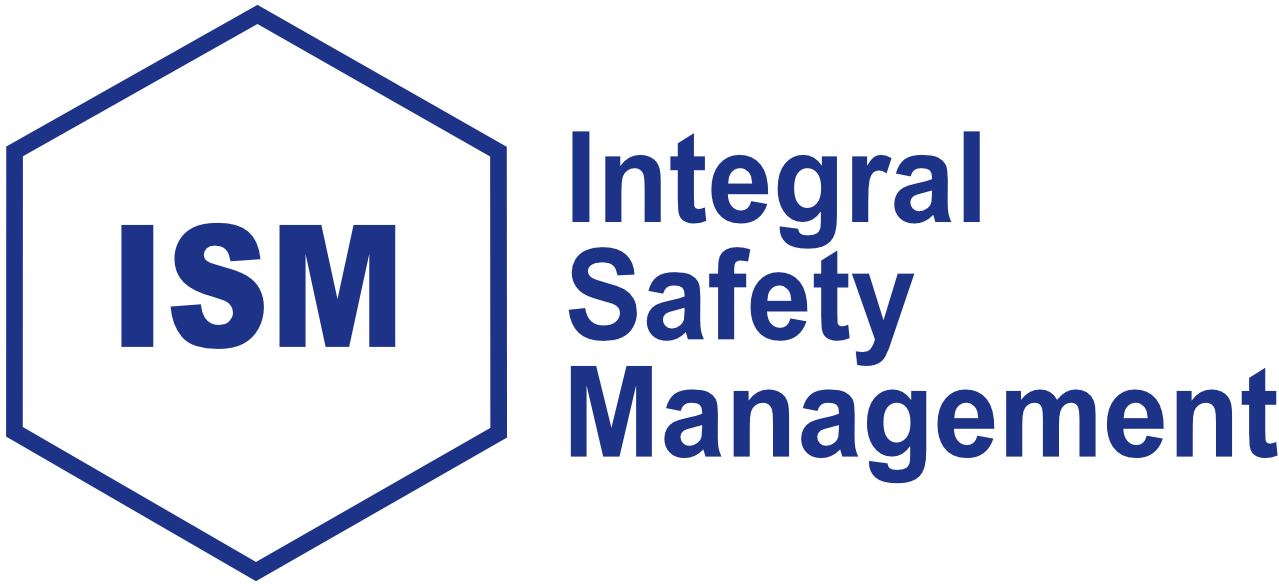
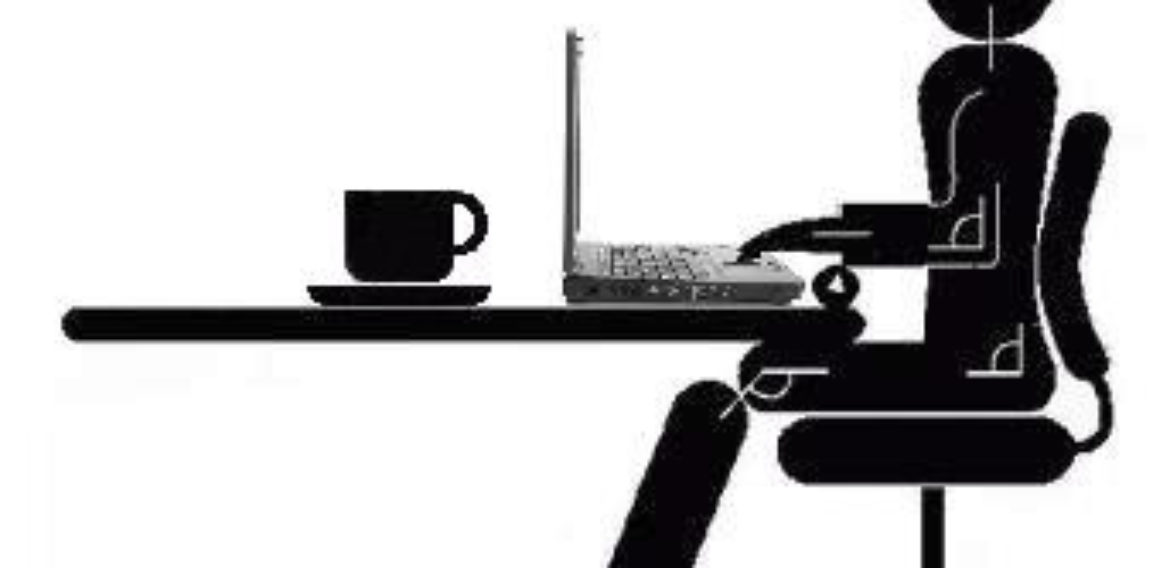

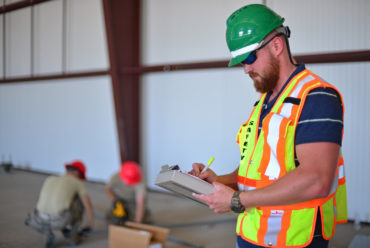



No Comments